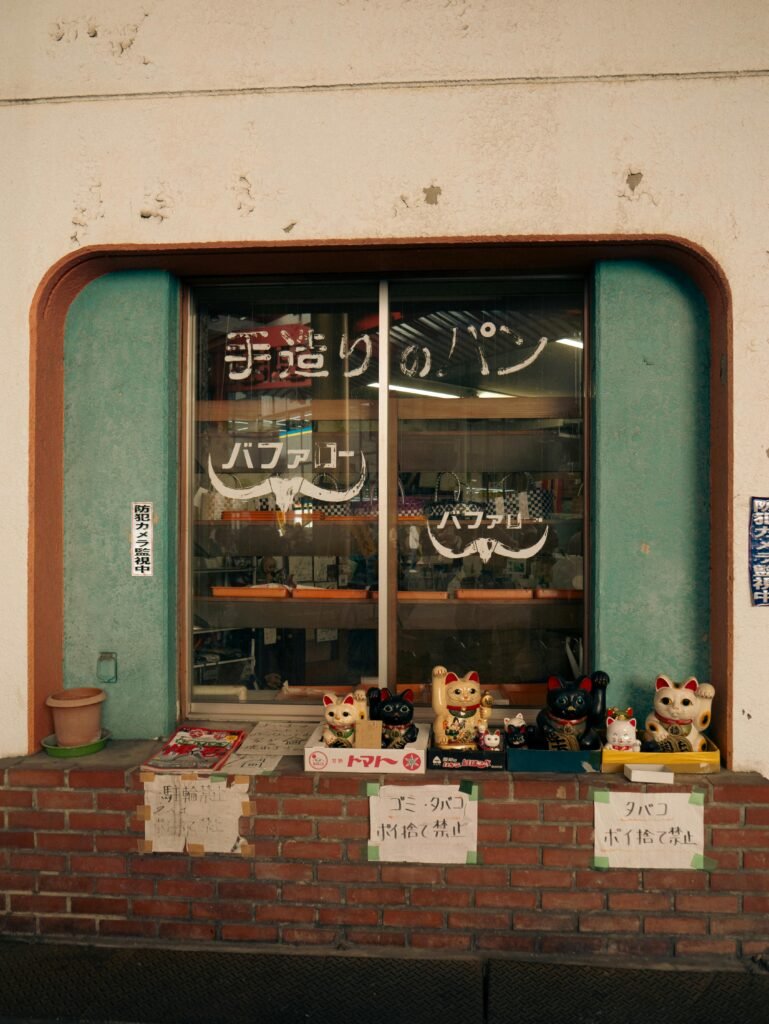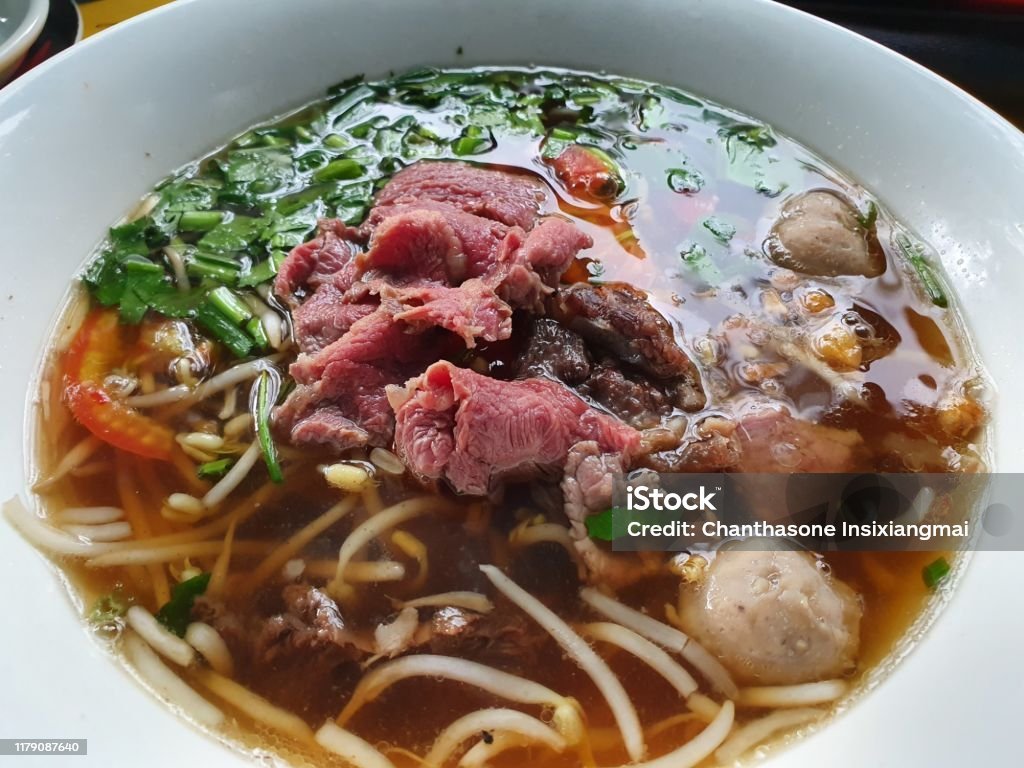
The Fortune Cat, also known as Maneki-neko (招き猫), is a widely recognized and beloved symbol of good luck and prosperity in Asian culture. Originating from Japan, this charming feline figure has captured the hearts and imaginations of people across the continent and beyond, becoming a staple in homes, businesses, and temples.
Origins and Legend

The origins of the Maneki-neko can be traced back to the Edo period in Japan (1603–1868). One popular legend tells the story of a poor monk and his cat living in a small temple. One day, a samurai sought refuge from a storm under a tree near the temple. He noticed the cat raising its paw, seemingly beckoning him to the temple. As the samurai approached, a lightning bolt struck the tree he had been standing under. Grateful for the cat’s gesture, the samurai became a benefactor of the temple, bringing it prosperity. This tale gave rise to the belief that a cat with a raised paw brings good fortune.

Symbolism and Design
The design of the Maneki-neko is rich in symbolism. The cat is typically depicted with one or both paws raised in a beckoning gesture. The raised right paw is believed to attract wealth and good fortune, while the left paw is said to draw in customers and visitors. In some designs, both paws are raised to offer protection and double the luck. The cat often holds a koban, a gold coin from the Edo period, symbolizing financial success.

Colours also play a significant role in the meaning behind the Maneki-neko. The most common colour is calico, representing good luck and general success. Other colours have specific connotations: white for purity, black for protection, gold for wealth, and red for health and protection against evil spirits.
Cultural Significance
In Asian culture, the Maneki-neko is more than just a decorative item; it embodies deep-seated beliefs and traditions. It is a common sight in shops, restaurants, and businesses, where it is placed near entrances to attract customers and prosperity. The cat is often positioned facing the door to invite luck into the establishment.

Beyond its commercial use, the Maneki-neko is also found in homes, temples, and shrines. In households, it is believed to bring happiness and good fortune to the family. At temples and shrines, the figure is offered as a token of gratitude for blessings received or as a prayer for future prosperity.
Variations Across Asia
While the Maneki-neko originated in Japan, its influence has spread across Asia, leading to various interpretations and adaptations. In China, the Fortune Cat is often associated with wealth and is commonly found in businesses. In Thailand, a similar figure known as the “beckoning cat” serves the same purpose of attracting good luck.
In recent years, the Maneki-neko has also gained popularity in Western cultures, often seen as a quirky and charming symbol of good fortune. Its cheerful appearance and positive connotations have made it a beloved figure worldwide.

Conclusion
The Fortune Cat, or Maneki-neko, is a symbol that transcends cultural boundaries, embodying the universal desire for prosperity, happiness, and protection. Its enduring popularity is a testament to the power of cultural symbols to convey complex beliefs and values in a simple, accessible form. Whether as a beacon of good fortune for a business or a guardian of a household, the Maneki-neko continues to bring smiles and hope to those who encounter it.






